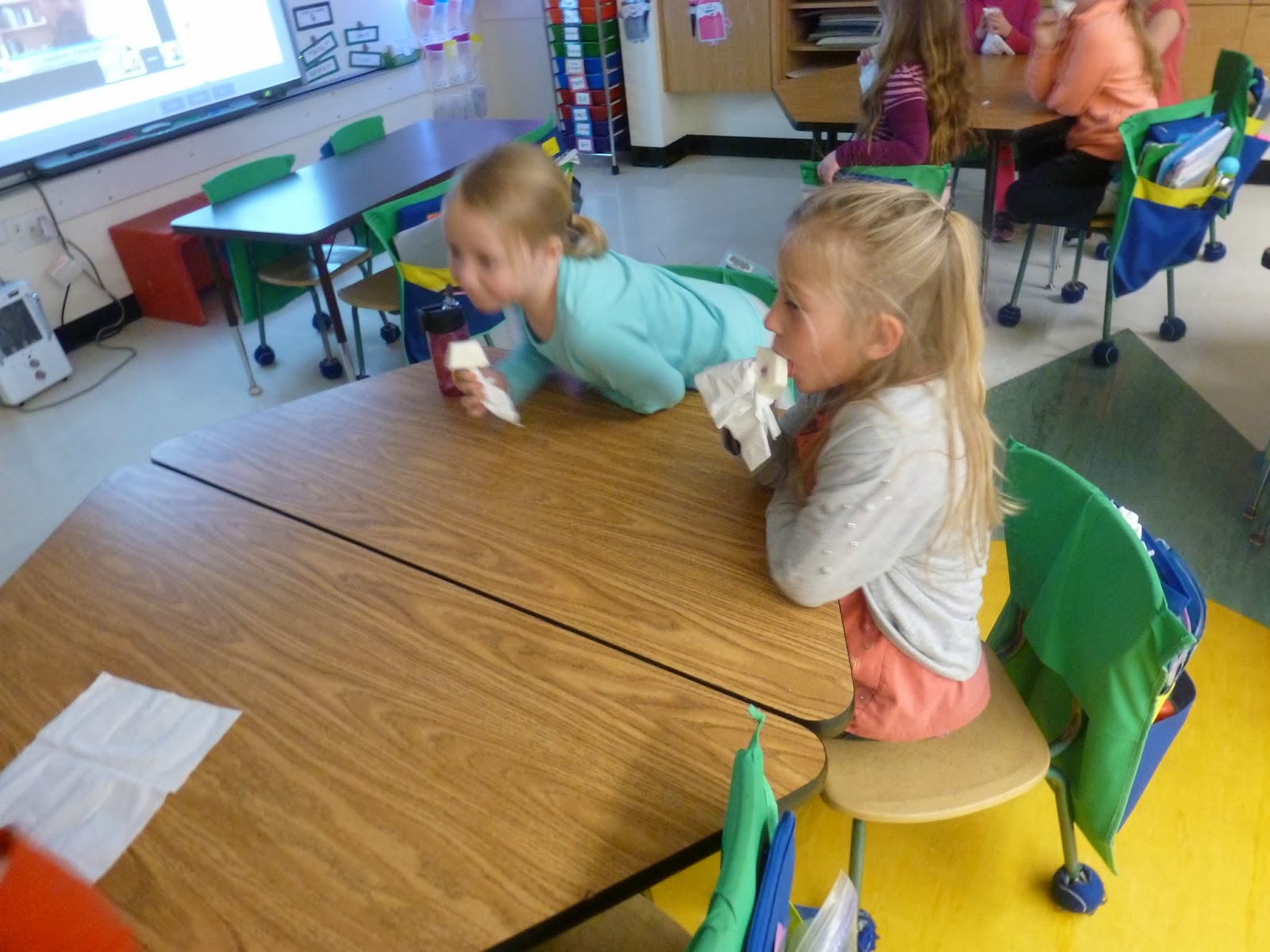February 24th-February 28th was national polar bear week. During this week the students learned all about why polar bears are endangered and how we can help them. As a class we decided to adopt a polar bear from the World Wildlife Fund in Canada. The students raised $43.00! It was very exciting. On February 26th we participated in a Google hangout with Dr. Pete Ewins who is WWF's senior Arctic Species Officer. The students had many of their questions answered about polar bears.
To end our mini unit on polar bears the students created a polar bear report. Their report had to include an introduction sentence, a description of bear polars, three facts about polar bears and examples of how we can save the polar bears.
Not only did the students learn about polar bears, they also learned about penguins, snowy owls and arctic foxes. During "Work on Writing," the students had to research their animal using various non-fiction stories. Then they used that information to fill in their animal booklets. When their booklets were complete they presented their animal booklet to the class.
To end the unit we explored how animals stay warm in the Arctic. We filled up a container with ice water and the students put their bare hand in the water. Did their hand get cold? (YES!) We then filled a different bag with lard (blubber) and lined it with plastic. They put their hand in the blubber bag and put their hand in the water. Did their hand get cold? (NO!) The students learned that blubber helps certain Arctic animals survive in the Arctic. Many students also asked the question, How hard is it for animals to find food in the winter/Arctic? To explore this question we took a piece of frozen fruit, and placed it in an ice cube tray filled with yogurt. Was it easy to smell the fruit once it was frozen? (NO!) Therefore it is harder for animals to find food in the winter as most food sources are frozen. We also discussed that most animals do have a better sense of smell compared to humans, which helps them find food.
Polar bear crafts & reports.
Arctic animal reports.
Arctic animal sculptures.
We adopted a polar bear!
Polar Bear Silhouettes
Blubber Experiment
Winter animals-Food experiment
Google hangout!


















.JPG)
.JPG)
.JPG)
.JPG)
.JPG)
.JPG)





























